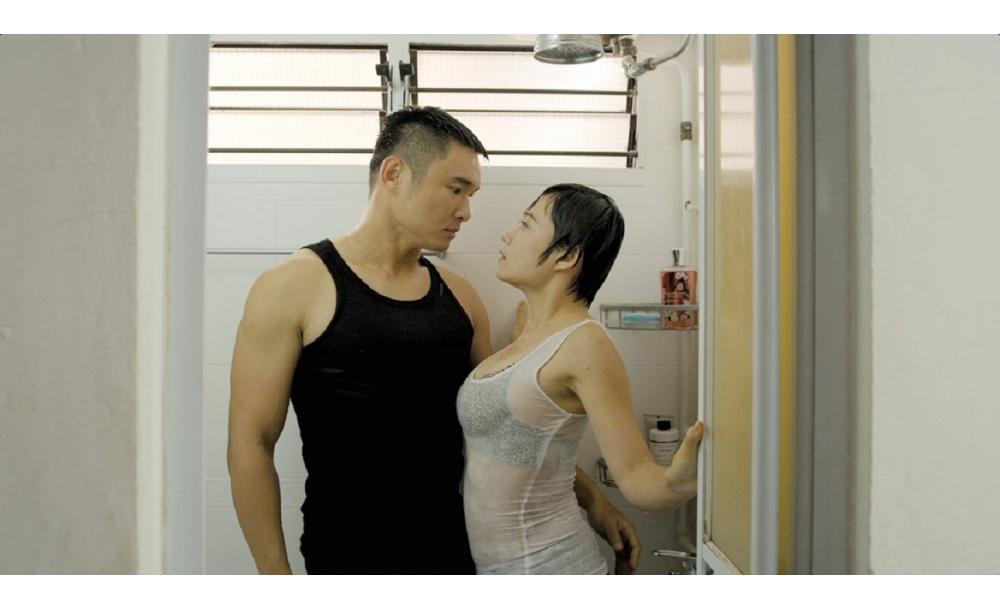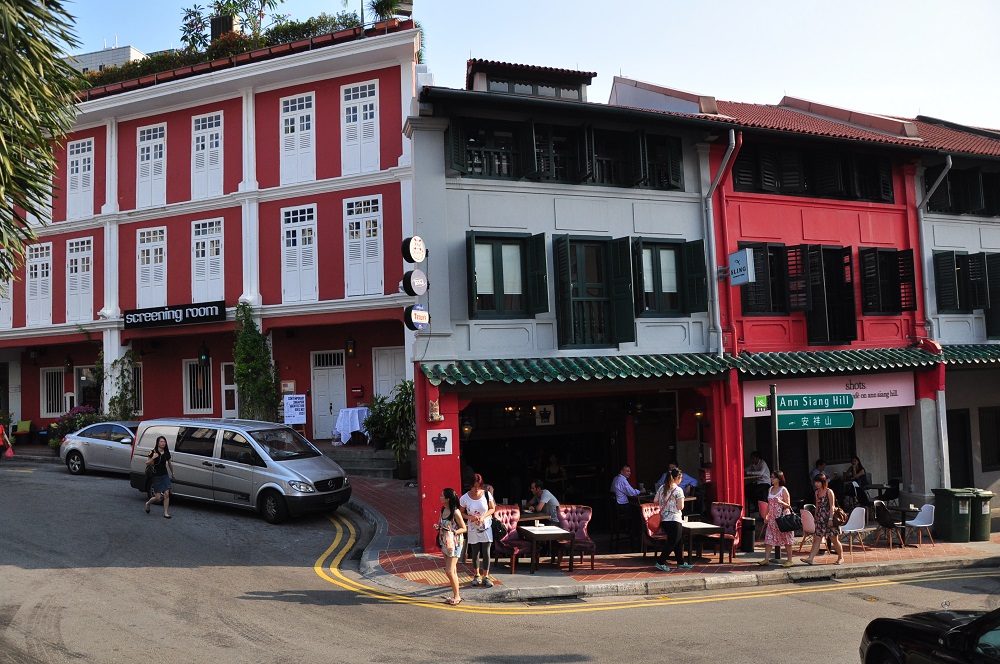For years, the Olympic sailor turned visual artist has been creating images of Singapore’s seas, in a series of collections called SEA STATE. This year, parts of the project are on display at the Venice Biennale (an image also appears on the Jul 3 cover of our magazine). Here, Charles Lim tells us about growing up in a kampong and why Singaporeans are disconnected from the sea.
I grew up in a village with my grandmother. It was one of the last kampongs along the coast. Mataikan—it means fish eye in Malay.
My grandmother would burn seashells to make whitewash for painting on buildings. That’s what she did. And she had a little shrine. So I grew up with that.
There was land reclamation already. So there was this desert space in front of our house, and if I wanted to go to the sea, I would have to walk really far. But when my father was growing up, the sea was right
in front.
My father is a self-taught sailor. He built a raft out of bamboo and lashed it with rattan, and made a square rig, and he sailed out and he didn’t know how to sail so he just went out. But he didn’t know how to come back, so he swam back.
He built a second one, but my grandmother was very afraid he would go out again, so she burned it.
My dad keeps buying boats, but my mom really hates them. So my dad has a strategy: every time he buys a boat, he names it after my mom. Her name is Judy, so we have Judy I, Judy II, Judy III…
I didn’t like sailing initially, because my dad would go sailing, and it represented time away from my father.
But at some point, I did a sailing course on this boat called Optimist. For a kid, it is tremendous freedom, because you get to control a machine and you can go wherever you want.
When I was 12, I had a growth spurt. I became the same size that I am now really. People on the national team saw me and said, “Woah, you’re really big,” and they put me on as a crew.
As a person doing sports, you’re constantly put through this cycle of anxiety—you’re training, then you try and win. And right after you win, you feel anxious again because you need to win again. I felt that wasn’t the way to live.
A lot of my art is informed by my sailing. All sailors are trying to have a relationship with the wind. It’s invisible, but there are ways of building a picture, through seeing the ripples on the water, the feeling on your face.
ASEAN was an idea encouraged by the Americans during the Communist expansion and the Vietnam War. It didn’t really have a cultural connection. We’re presented as Southeast Asia, but we’re actually quite different and have different connections that
are suppressed.
A lot of it is due to postcolonial nation building. You had to build this we-are-who-we-are narrative, write a history and fit it in.
The government had this relocation project where they moved everyone to HDB flats in the interior. And in the 70s they had this act called the Foreshores Act. And everyone on the islands got moved to the HDB flats. So there’s this disconnect from the sea.
Our experience of the sea has become Disney-fied. If you look at the archives, the sea was a part of everyday life. People weren’t going there for sun-tanning and building sandcastles. You were going there, working or you were getting from one place to the next.
People from the kampongs would come together and race on kolek and jong boats. The people from the Riau region would come over to race. The relationship was very porous and in a way that’s kind of why the government shut it down.
My work is quite lonely. When I go out on a boat, I’m the only bugger in the water. There’s nobody at all. That’s what I mean when I say the sea has been corporatized completely.
I see a lot of marine police guarding the waters all around. They’re just looking at me all the time because there’s nothing else to look at. I get questioned, I have to show my passport and explain what I’m doing.
We have too many images of the sea as the sublime body. But the sea has actually been occupied, divided in all sorts of ways.
You think the sea is infinite, so you think of it as a dumping ground. It’s become a capitalistic, corporate dumping ground.
The art world is complicit in creating these images of the sea. People love it, collectors love it. But it’s really dangerous.
With the cave image [on the cover], I’m trying to create a representation of what it’s like to be under the sea.
The Venice Biennale is one of the few moments when the state and the artist—their agendas converge. But when you get money, you know there are compromises, and you navigate through those compromises.
Europe has a very secure art history. But the situation in Singapore and the region is very different.
It ends up becoming an ethnological thing. It’s very important that we don’t sell Southeast Asia as a wonderful El Dorado place. It should be like writing a great novel: the character will go through wonderful things and then really horrible things. The character should feel like a real person.
In Asia, we have elections, theater, orchestra playing classical music—to me it’s all like theater, like we’re doing it for the West to see, rather than doing it for ourselves. It needs to be useful to us.





